Survival Skills
Survival Tips from an Expert
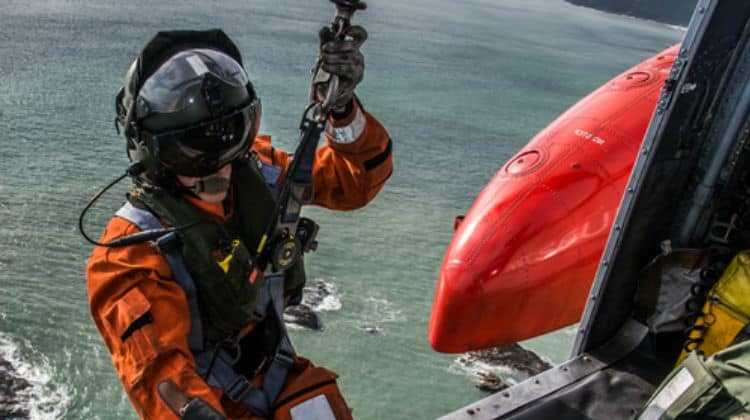
Survival Tips from an Expert
Wisdom from a Grand Canyon Rescue Ranger
—This post is Syndicated. Original publish date October 2015 on Backpacker.com—
Bil Vandergraff walked into the Grand Canyon backcountry in 1990 and never left. That’s good news for you. In his 25 years as a SAR ranger, he logged 3,600 missions in the busiest national park for rescues, 10,000 backcountry patrol miles, and more than a few opinions on what’s wrong with hikers today.
“Bil became the go-to person when a complex or rapidly developing incident required the best SAR expertise and decision-making,” says Ken Phillips, Branch Chief of Search and Rescue for the National Park Service and former SAR program director at Grand Canyon. Phillips adds that Grand Canyon has the “busiest and most complex” SAR operation of any national park, with 324 SAR incidents in 2014 that involved 267 injured or ill patients. Coming in a distant second was Yosemite, with 181 incidents and 71 patients.
In June, Vandergraff retired, having helped develop the park system’s SAR manual and been awarded the Harry Yount Award, the highest honor given to rangers by the NPS. We caught up with him the day after he finished his last wilderness patrol. He shared his wisdom on searching for the missing, saving the injured, finding the dead, and not pampering the whiners. Consider these 7 rules to live by, no matter what terrain you’re in.
Help Yourself
“What we deal with more than anything is people who say they can’t,” Vandergraff says. “They can’t hike out. They can’t keep going. But their legs and arms still work. Their lungs still work. Their brain has shut down.” While physical training and wilderness skills are important for backpacking in difficult terrain, Vandergraff places equal importance on “having the psychology to get yourself out of the canyon.”
Anticipate possible difficulty and have confidence in your ability to solve your own problems. “Many people think it should be easy to hike downhill so they are just overwhelmed by the realization that their body is thrashed after the 5,000-foot descent from rim to river,” notes Vandergraff. Instead of simply resting, nursing their blisters, and adjusting their trip itinerary to fit a new reality, many of these shaken hikers immediately call for rescue. But, Vandergraff says, “We are not babysitters.”
Study Up
Of the scores of hikers who have died in Grand Canyon from dehydration and exposure, Vandergraff says the tragedies “often happen in the same places, with people making the same mistakes. Just the names change.” They are hiking in summer, run out of water, and launch a desperate attempt to reach more. This is when their lack of knowledge of the terrain leads them to a dry dead end. Nuria Serrat, 46, died from exposure to heat on the shadeless Tonto Trail on a 110°F day in June 1999. “She had dropped her pack and was making a beeline for water,” Vandergraff says. “She should have been able to look at a map and know that the Boucher Creek drainage, which was close to her, would take her to the river, but instead she tried to travel much farther to Hermit Creek. She died less than a mile from Hermit.”
Thoroughly research the terrain in which you will be travel- ing and become intimately familiar with the topographic maps. In addition, ask park rangers for information about water availability and other route specifics.
Outsmart Summer
“People can hike safely in the Grand Canyon in the middle of summer,” Vandergraff says, “but you need to know how to do it and it should not be your first trip in the canyon.” He advises hiking at night and sleeping during the day. The tent, sleeping bag, and stove should also stay at home to achieve minimal pack weight.
When daytime temps reach the triple digits, Vandergraff recommends wearing cotton and keeping it wet. “All the gear—the com- ponents that many people believe are critical to safe backpacking—becomes superfluous when hiking in the Grand Canyon in summer,” he observes. “What really matters is that you adapt your style and technique to be part of the natural world you’re entering.”
Deal With the Heat
Wear the right clothes. Choose apparel made of breathable, moisture-retaining fabrics (like cotton) for your hike. And don’t forget a hat that shades your face.
Embrace the sweat. Sweating cools your body through evaporation. On hot days, you should worry if you’re not sweating.
Go slow. It takes 8 to 10 days to acclimatize to a hot environment. Plan A: Acclimate by training in the heat for 60 minutes per day. Plan B: Modify your itinerary to allow adjusting on the trail. Stick to mornings and evenings. While the sun is most intense between noon and 2 p.m., temperatures usually don’t peak until between 3 and 4:30 p.m. Plan afternoon siestas, and in the hottest weather, hike at night.
Know when to stop. Heat exhaustion (symptoms: confusion, nausea, vomiting) can lead to heatstroke, which can be deadly. If you or a partner exhibit these signs, seek shade, hydrate, put your feet up, dump water on your clothes. If you suspect heatstroke, sub- merge the victim in a body of cool water, or apply wet rags to neck, underarms, and groin (where major arteries flow). This is a life-threatening emergency. Call for help.

Accidents can happen to anyone. George Mancuso, the paragon of an experienced canyoneer, was swept away in August 2001 during a flash flood on a tributary of the Little Colorado River. Although no clouds were in the sky when Mancuso left camp the morning of his death, a storm moved in suddenly and flooded the canyon he was hiking. In addition to not hiking in narrow slots during summer monsoon season, Vandergraff urges vigilance in watching out for falling rock during rain- storms. “It doesn’t take a very big rock landing on you to cause serious injury,” he says. “I love to hike during monsoon season, but when I’m on certain trails where there is high potential for rockfall, I wear a helmet. It gives me peace of mind. And it keeps my hair dry.”
Downsize
One time when Vandergraff was stationed at Indian Garden Campground, 4.5 miles below the South Rim on the Bright Angel Trail, a family appeared with the dad hauling a large roller suitcase. “They were on their way to the bottom to stay at Phantom Ranch and they wanted to take all this stuff,” Vandergraff says, laughing. “The wheels had all broken off and the suitcase was falling apart. It was amazing they had made it that far before we turned them around.”
Overpacking is the root cause of much hiker misery. “Think of enjoying your time on the trail as the goal rather than luxuriating in camp,” he advises. Along with that lighter pack, Vandergraff encourages first-time Grand Canyon hikers to also scale back on distances. “The faster people try to do things,” he says, “the more susceptible they are to illness and injury.”
Escape Flash Floods
Watch the weather. The best way to escape a flash flood is to avoid one altogether. Check the forecast over the entire drainage of the area you’re visiting.
Scout an exit. See the line of debris halfway up the canyon wall? That’s the height the last flash flood reached. You’ll need to scramble higher than that in case of an emergency. Recognize the warning signs. Flash floods sometimes start as a trickle and can be pre- ceded by a rumbling coming from the canyon. Get in the whitewater swimming position. If you get swept away, try to remain calm. Float on your back, feet first. Flash floods can pick up considerable speed and carry crushing debris; protect your head.
Bide your time. Stranded on high ground? Don’t venture back into the water. Rather, wait for rescue or for the flood to subside.
Avoid Falls
Mind your feet. Pick up your feet when you walk—don’t drag, even when tired legs protest.
Stay tied. Make sure your shoelaces are secure.
Boot up. Wear boots or trail runners with good traction. Choose deeper lugs for softer ground and sticky rubber soles for trips on rocky terrain or slickrock. In both cases, ensure the tread is in good condition and the soles aren’t delaminating.
Take your time. Pick slowly through scree slopes or loose hillsides to avoid slipping. Stay clear of edges and steep drop-offs.
Work out. Fit joints are sturdy joints. Weak ankles and knees can send you flailing even when you’re being careful.
Improve your balance.
Most Dangerous Places in the Most Dangerous Park
1. Tonto Trail – Long and utterly shadeless, the Tonto Trail has few water sources, all unreliable.
2. The Colorado River – People, mainly from river trips, go down to the water to pee, or maybe they’ve had too many cocktails. For whatever reason, they fall in and the current takes them.
3. Corridor Trails – Because of their easy access, the Bright Angel Trail and the North and South Kaibab Trails claim a lot of lives, mainly due to cardiac arrest.
-

 Paracord Projects1 year ago
Paracord Projects1 year agoParacord Projects | 36 Cool Paracord Ideas For Your Paracord Survival Projects
-

 Paracord Projects1 year ago
Paracord Projects1 year agoHow To Make Paracord Survival Bracelets | DIY Survival Prepping
-

 Medical Care1 year ago
Medical Care1 year ago21 Home Remedies For Toothache Pain Relief
-

 Knife Laws1 year ago
Knife Laws1 year agoAre Switchblades Legal? Knife Laws By State
-

 Do It Yourself1 year ago
Do It Yourself1 year agoSurvival DIY: How To Melt Aluminum Cans For Casting





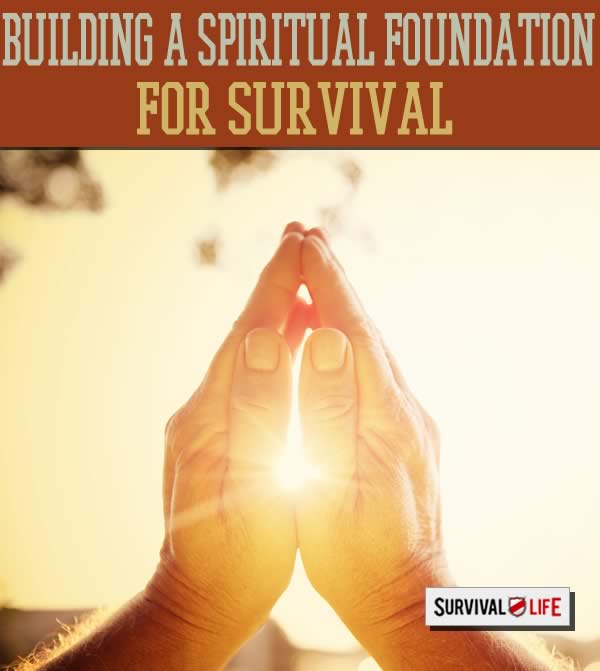
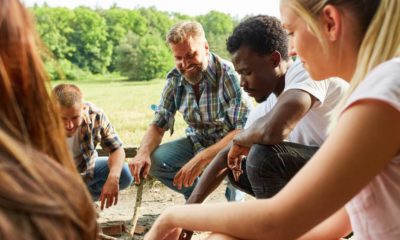


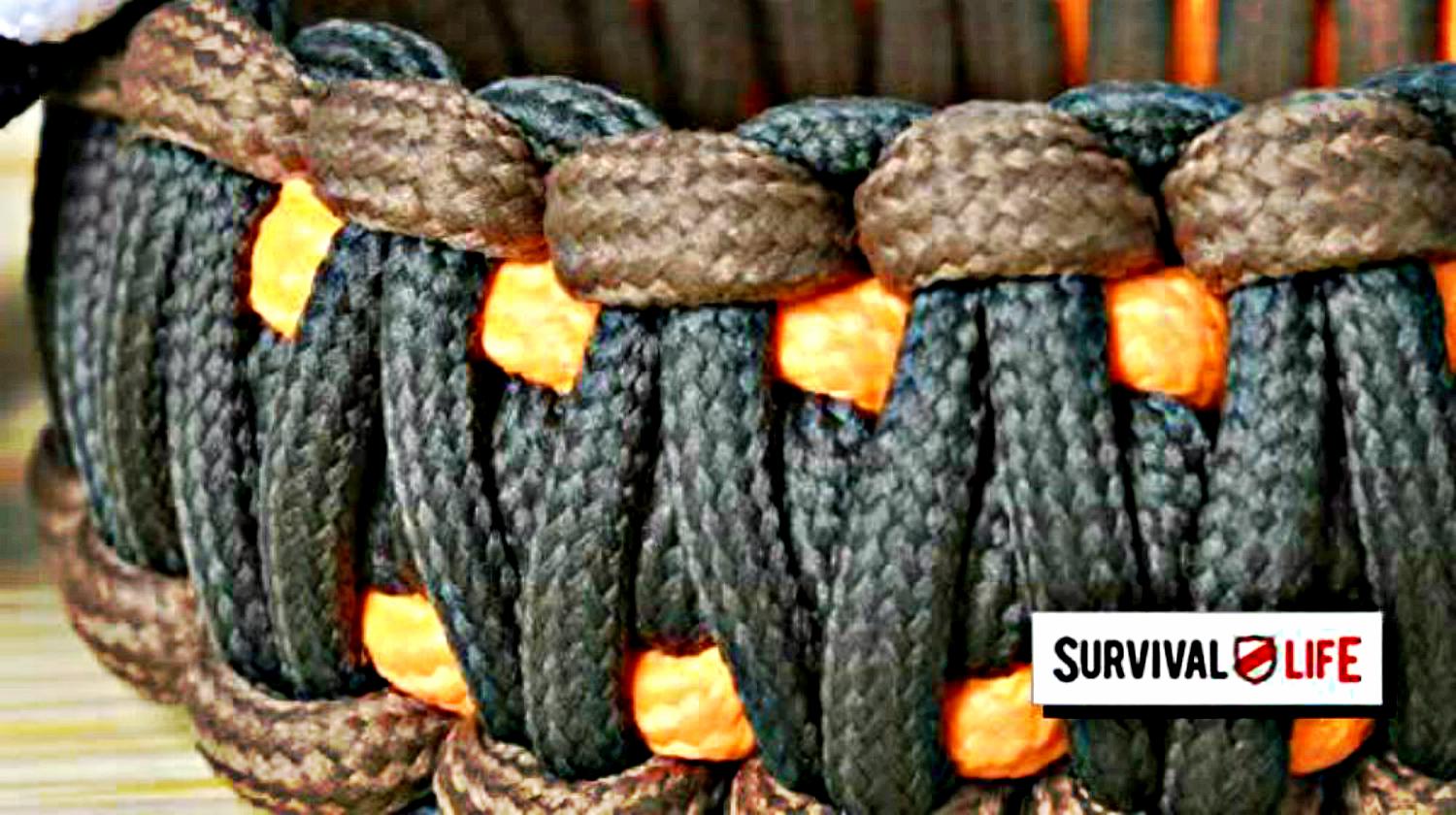

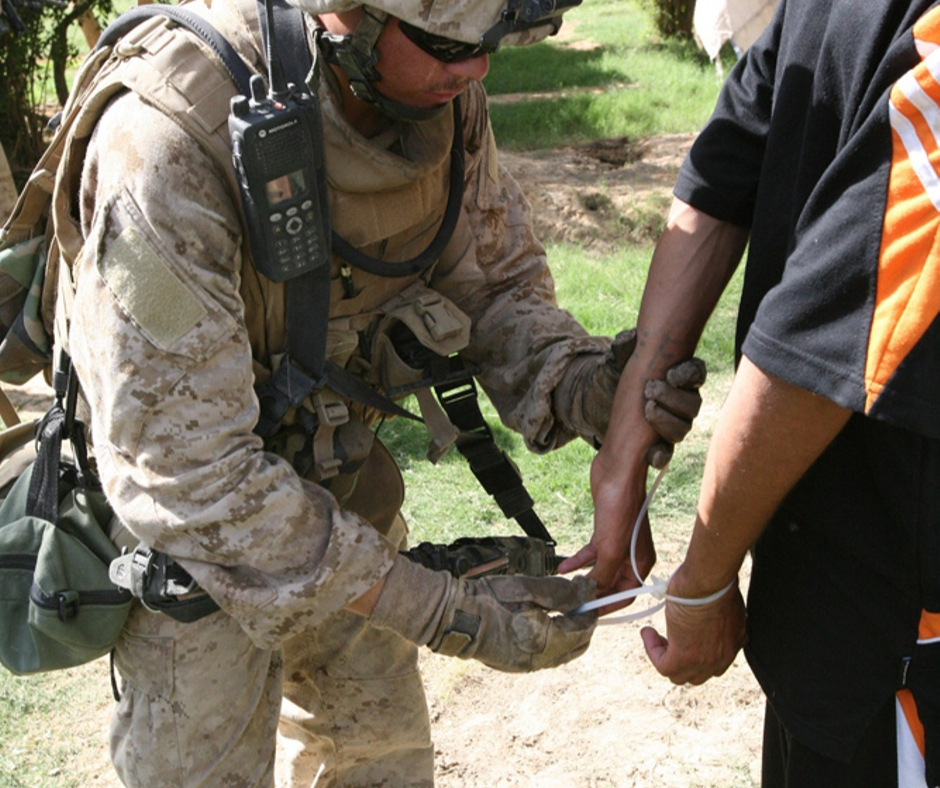


Pingback: 5 More Smart Survival Tips From My Redneck Neighbor | Survival Life
Pingback: Survival Tips from Grandpa | Survival Life | Blog
Pingback: The 10 top Survival Tips that will Help you Survive any Blackout | Survival Life
Pingback: How To Make An Improvised Camping Lantern | Survival Life
Pingback: How To Make An Improvised Camping Lantern | Primitive technology
Pingback: How To Make An Improvised Camping Lantern - Survive!
Pingback: How To Make An Improvised Camping Lantern – survivalgear
Pingback: Survival Skills For The True Outdoorsman | Survival Life
Pingback: 31 Survival Skills For The True Outdoorsman - Survive!
Pingback: Survival Talks with Austin Lester and Kevin Estela: Lessons From Search and Rescue [PODCAST] – The Self-Sufficient Life
Pingback: Survival Talks with Austin Lester and Kevin Estela: Lessons From Search and Rescue [PODCAST] – Alive After USA Fall
Pingback: Survival Talks with Austin Lester and Kevin Estela: Lessons From Search and Rescue [PODCAST] - Cooking in Quarantine
Pingback: Survival Talks with Austin Lester and Kevin Estela: Lessons From Search and Rescue [PODCAST] | Best Go Bag
Pingback: Survival Talks with Austin Lester and Kevin Estela: Lessons From Search and Rescue [PODCAST] – surviveurself